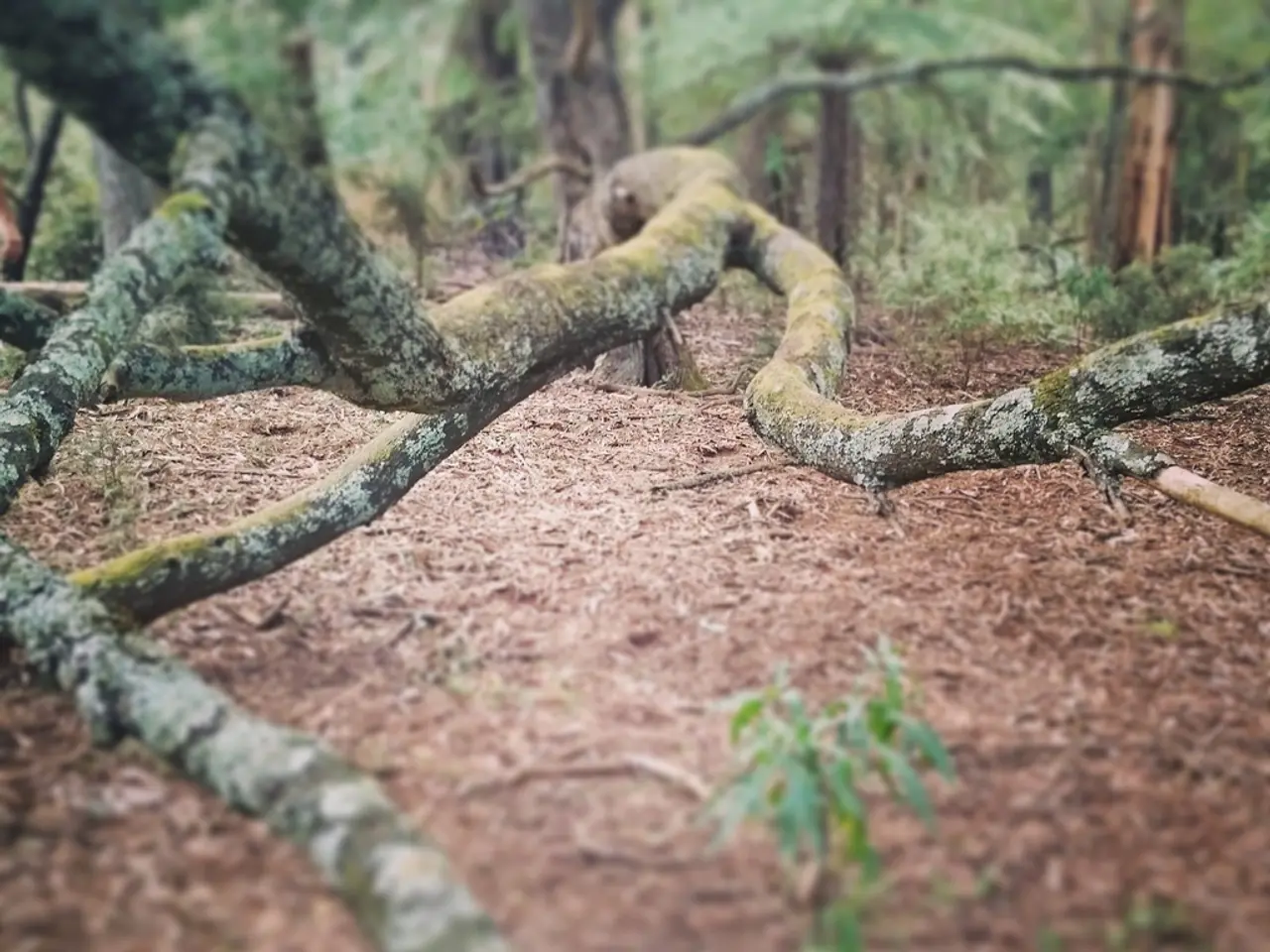Methods for Enhancing Cherry Tree Harvest through Fertilization Techniques
Caring for Cherry Trees: A Guide to Maximizing Fruit Yield and Tree Health
Cherry trees are a delightful addition to any garden, offering beautiful blossoms in spring and juicy, succulent fruit in summer. To ensure a bountiful harvest and maintain the long-term health of your cherry trees, follow these key principles for effective fertilization practices.
First and foremost, conduct a soil test before fertilizing. This will help determine the nutrient needs and soil pH, which should ideally be between 6.0 and 7.0 for cherry trees. This ensures appropriate nutrient uptake, setting the stage for optimal growth and fruit production.
In spring, apply a balanced, slow-release fertilizer formulated for fruit trees, about four to six weeks before bud break. This timing supports shoot, flower, and fruit development, providing the essential nutrients needed for a successful growing season.
Organic amendments, such as compost or well-composted manure, are also beneficial. They improve soil organic matter and provide a steady nutrient supply while promoting long-term soil health. To apply, spread these amendments on the soil surface around the drip line or by digging small holes 6 inches deep and spaced 12 to 18 inches apart around the root zone.
Avoid over-fertilization, which can cause excessive leafy growth and weaken the tree, potentially reducing fruit yield. Regularly testing the soil is important for managing cherry trees, allowing you to adjust fertilization plans accordingly.
Supplement with micronutrients such as boron if soil tests indicate deficiencies. Boron supports flower and fruit development, ensuring a healthy crop.
Water deeply and consistently after fertilizing to help nutrients reach the roots and avoid stress. Aim for 2–3 inches of water weekly, adjusting for weather and soil moisture.
In-season foliar fertilization can correct nutrient deficiencies quickly if detected, but soil amendments remain the primary method for sustained nutrition.
Organic methods often lead to better fruit quality, with cherries tending to be sweeter and more flavorful. Organic fertilizers like bone meal, blood meal, or fish emulsion provide a balanced nutrient supply over time. Granular fertilizer with a 10-10-10 N-P-K ratio is used for general growth and health, while a fruit tree fertilizer with a 5-10-10 N-P-K ratio boosts fruit production.
Phosphorus supports strong roots and flowers, while potassium boosts overall tree health and fruit quality. Cherry trees require nitrogen, phosphorus, and potassium for growth. Adding organic matter like compost improves soil structure.
Applying a layer of organic mulch around the base of cherry trees helps retain moisture and adds nutrients as it breaks down. Mulching also improves soil health by adding essential nutrients and promoting beneficial microorganisms.
Fertilize cherry trees in fall to prepare for winter dormancy, but no fertilization is needed during winter as the trees are dormant.
Monitor tree health during summer and avoid over-fertilizing. Cherry trees prefer slightly acidic to neutral soil (around pH 6.0 to 7.0).
By following these practices, you can balance the nutrient supply for cherry trees, promoting both high yields and tree vigor over the long term. Regular monitoring with soil tests every few years is recommended to adjust fertilization plans accordingly. Happy gardening!
Maintaining a healthy cherry tree lifestyle not only ensures beautiful blossoms and a bountiful harvest, but also contributes to the overall quality of home-and-garden environment. Organic methods, like using compost or well-composted manure, can lead to sweeter and more flavorful cherries, with organic fertilizers like bone meal, blood meal, or fish emulsion providing a balanced nutrient supply over time.




